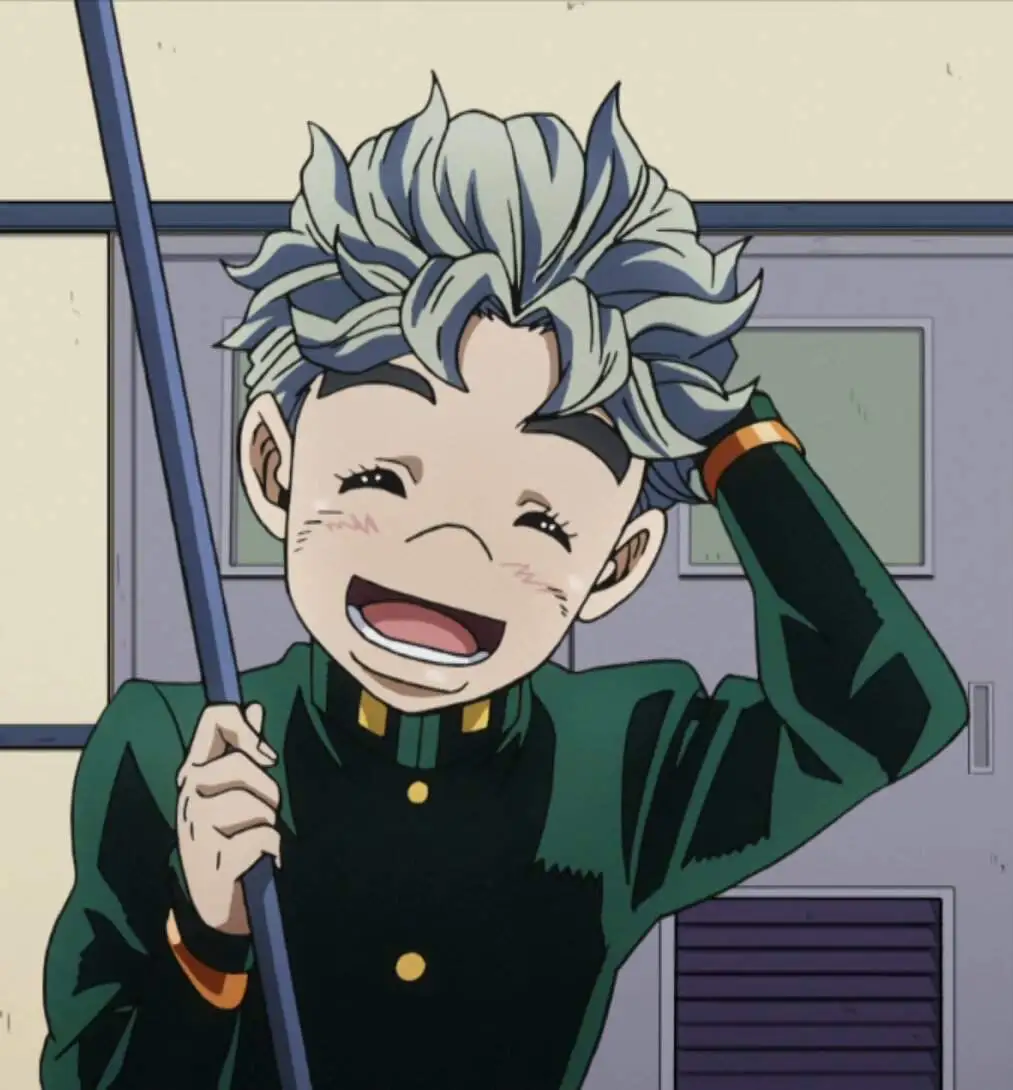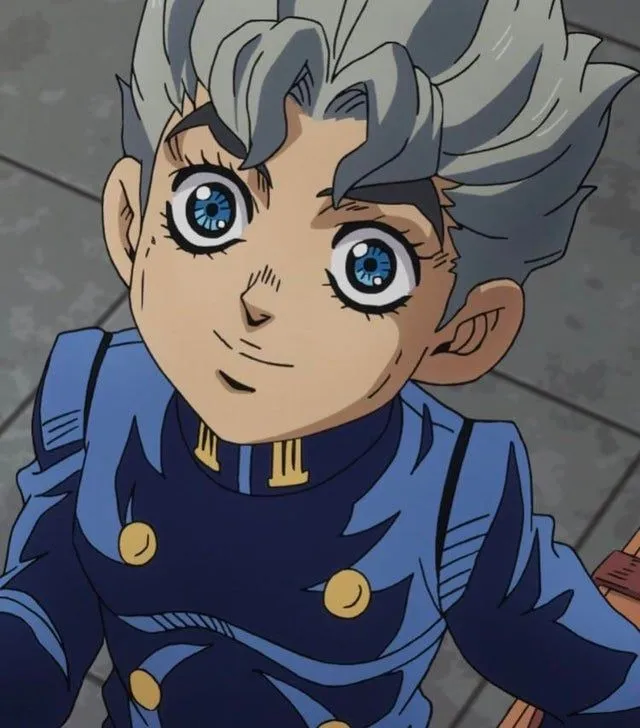Whether they are lovers of the genre or not, very few individuals haven’t heard of anime koichi hair evolution in some capacity. For those unfamiliar, anime is a form of animation closely related to Japan. It might be challenging to keep track of all the various Japanese anime hairstyles, let alone the fashion trends that have come and gone throughout the years, with their changing styles and intricate narratives.
Introduction
There are numerous ways to style your hair because hairstyles have changed. But what about the hairstyles from anime koichi hair evolution? Although they are entertaining and thrilling, many individuals aren’t even aware of them! In this blog article, I’ll discuss the beginnings of anime hairstyles and how they’ve changed over time.
Japanese animation’s original hairdos were inspired by popular hairdos of the day. For instance, many women shaved their hair short because of rationing during World War II. Women began wearing their hair long again when Japan’s economy started to improve.koichi hair evolution Animation artists began to create characters with longer hair as a result of that. After WWII, ladies started wearing their hair curly more frequently than straight, and anime characters reflected that tendency.

The early 1990s – First Wave Shj
The initial wave of anime hairstyles can be categorised into three distinct looks. The vintage schoolgirl bun is the first style, then a braided ponytail, and finally a two-strand braid secured with a hair stick. koichi hair evolution majority of images of the show from this era include hair that is shoulder length. It has bangs that frame the face, is parted in the middle, and is often long enough to be pulled back into a ponytail or French braid.
Sailor Moon, a well-known character, is one of the few characters at the moment who wears her hair differently throughout her show.
Sakura Kinomoto from Cardcaptor Sakura is another illustration. She was commonly spotted with two pigtails on either side of her head.
She also has shoulder-length hair, so the length varies
When they battle or use magic koichi hair evolution, these characters start putting their hair up in various updos after wearing it down for roughly half of the series.
Middle of the 2000s, Second Wave Shine
Characters from the second wave of anime wore their hair in a look now known as mid-2000s shonen. For instance, these looks included high puffs or loose buns with unkempt bangs. The female lead Rin from the 2006 film Skip Beat! Serves as the best example of this. She has a straight fringe and wears her short hair in tight twists.
On the other hand, the male lead, Kyoko, has a side-swept fringe and an undercut. The girl Nana Osaki from the 2004 film Honey & Clover is a prime example of early 2000s shonen hairstyles. She also has two long strands framing her face in addition to her long brown hair, which is pulled back into low pigtails embellished with ribbons.
The fact that girls were styling their hair more like boys distinguishes these two waves. Blouses were replaced by t-shirts and tank tops, while skirts were cut shorter. Girls started wearing their hair in various ways, such as up in the air or with headbands. Like Haruhi Suzumiya from Ouran HighSchool Host Club, who has her brown locks jutting out at all angles, several guys started putting gel in their hair to have spiky looks.

Recent Years: Third Wave (2010–Present)
Pigtails are most likely the most recent Japanese Koichi hairstyle to evolve from the realm of anime. A hairstyle known as pigtails involves weaving two parallel braids through the entire head, either with or without a single ponytail. Pigtails also frequently have three or more strands, unlike the single strand typical of other types.
Since their debut in 2010, pigtails have been increasingly trendy. A Twitter poll found 71% of participants had seen at least one person wearing pigtails in the previous year. In addition, 18% of respondents to the study indicated they had personally worn pigtails. There seems to be no way to reverse this trend.
Conclusion
Since the anime debut, hairstyles have undergone significant alteration and are likely to do so again in reaction to current fashions. It’s difficult to tell what Japanese anime hairstyle will emerge next with the various hairstyles and modifications over time. Time will only tell!
I sincerely hope you enjoyed it or, at the very least, learned something.
Many videos on YouTube are devoted to these past, present, and potential Japanese anime hairstyles if you’re interested in learning more about them. Thank you for reading! Whether they were on my list or not, I would be honoured if you shared your favourite Japanese anime character with me!
I’m interested in hearing your opinions. How do you feel? What do you believe to be the upcoming big thing?


